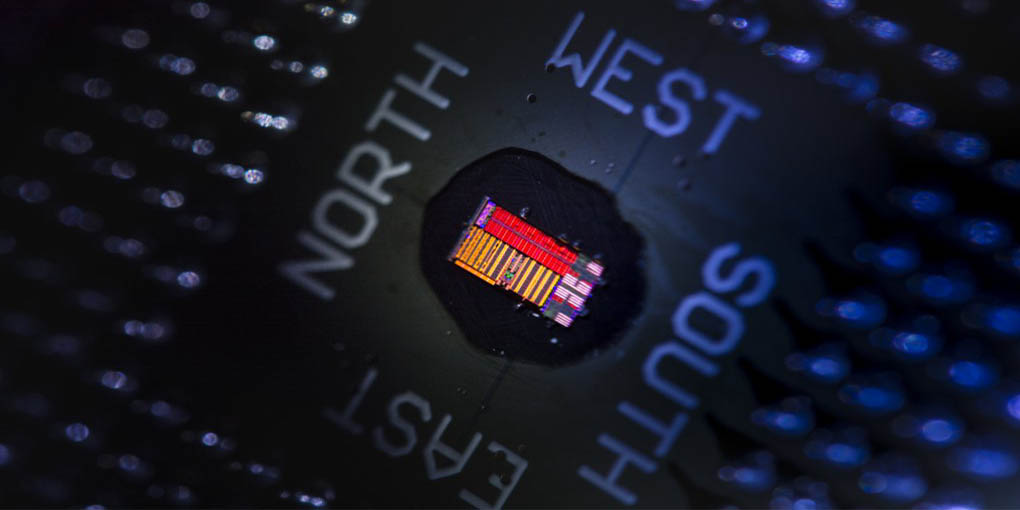Researchers at the University of Colorado Boulder, University of California Berkeley along with Massachusetts Institute of Technology, have developed a groundbreaking microprocessor chip that uses light, as an alternative to electricity, to transfer data at very high speeds while consuming relatively very minute amounts of energy.
Conventional microprocessor chips?the ones present in every thing from digital watches, laptops, microwave ovens to supercomputers etc use electrical circuits to communicate with each other and transfer data. In recent times, however, the sheer amount of electricity wanted to power the ever-growing pace and volume of this data transfers has proven to be a limiting factor.
To overcome this impediment, the researchers turned to photonics, or light-based, technology. Sending data using light rather than electrical energy reduces a microchip?s power burden because light could be sent across longer distances utilizing the same amount of energy.
 The light-enabled microprocessor, a 6 x 3 mm chip, installed on a circuit board. Picture by Glenn Asakawa ? Source: CU-Boulder This cutting-edge processor is far more superior than standard electrical chips, having the ability to process three hundred gigabits per second per square millimeter (300 Gbps/mm[SUP]2[/SUP]). In comparison with a typical processor, that is 10 to 50 times more data.
The light-enabled microprocessor, a 6 x 3 mm chip, installed on a circuit board. Picture by Glenn Asakawa ? Source: CU-Boulder This cutting-edge processor is far more superior than standard electrical chips, having the ability to process three hundred gigabits per second per square millimeter (300 Gbps/mm[SUP]2[/SUP]). In comparison with a typical processor, that is 10 to 50 times more data.
The new chip measures 6 by 3 millimeters, It retains state-of-the-art traditional electronic circuitry. It features 2 processor cores with 70 million transistors. Along with that, is has 850 optical input/output components, that are used to send and receive light.
There are numerous advantages of a chip that uses light as an alternate to electricity.
- First, they can send data in multiple parallel data streams encoded on different colours of light over one and the same medium.
- The second benefit is that these chips can use infrared light, whose physical wavelength is shorter than one micron. To place that into perspective, that?s about one hundredth (1/100[SUP]th[/SUP]) of the width of a human hair, which implies that much more components could be fitted onto a single chip.
- Another advantage of these light-based chips is that they?re much more energy-efficient, thus they are more environment friendly and can result in huge cost savings for data centers in their power bills.
?This is a milestone. It is the first processor that can use light to communicate with the external world,? stated Vladimir Stojanović, an associate professor of electrical engineering and computer sciences at UC-Berkeley who led the collaborative workforce in this research. ?No other processor has photonic I/O in the chip.?
Read more: Breakthrough: light-based microprocessor chip 50x faster*